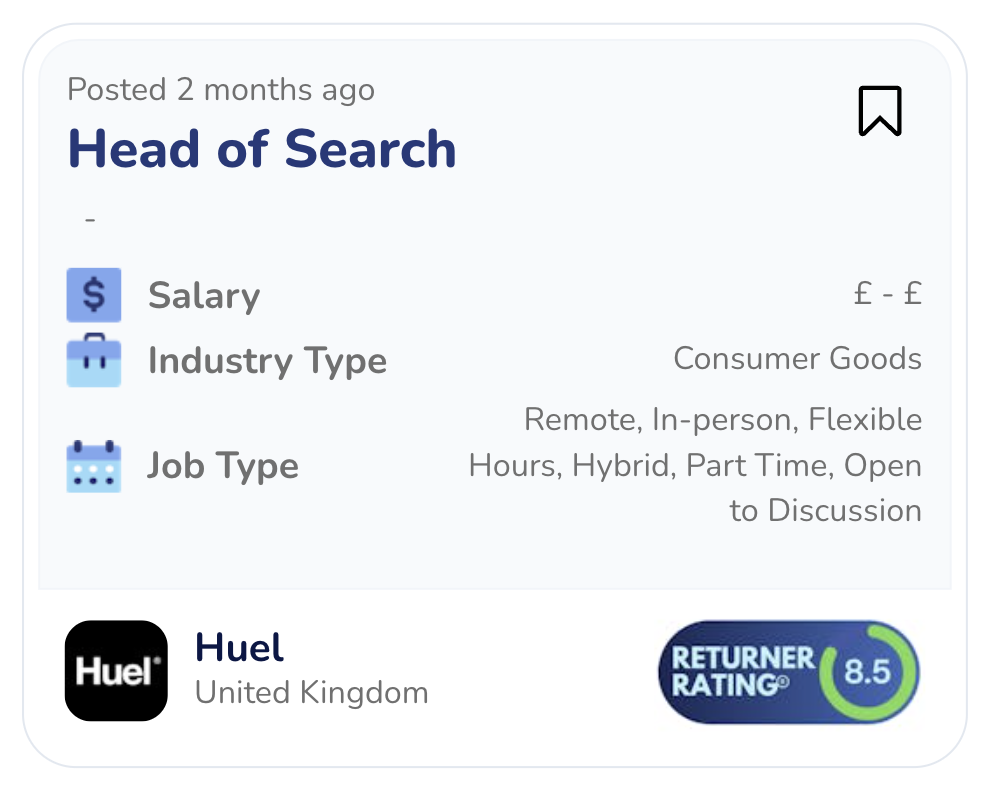Understanding the ins and outs of parental and family leave policies in the UK can be essential for expecting parents and caregivers. In the UK, maternity, paternity, shared parental leave, and statutory family leave vary significantly in terms of eligibility, length, and pay. This guide covers the basics, including statutory leave entitlements, employer-specific benefits, and options for self-employed individuals, to help you make informed decisions when planning for your family’s future.
Jump to:
- Paid Parental Leave in the UK
- Statutory Maternity Pay (SMP)
- Paternity Leave and Pay for UK Partners
- Shared Parental Leave (SPL) and Pay (ShPP)
- Enhanced Parental Leave Policies Through Employers
- Self-Employed Parents: Maternity Allowance
- Statutory Leave for Adoption, Surrogacy, and Family Care
- Preparing for Parental Leave: Tips to Maximise Your Benefits
- Conclusion
Paid Parental Leave in the UK: An Overview
In the UK, statutory parental leave is primarily governed by government-mandated policies that offer financial support and job protection to eligible employees during pregnancy, following the birth, or when caring for an adopted child. Understanding what you qualify for—whether statutory maternity pay, paternity pay, or shared parental leave—ensures you receive the financial support you’re entitled to during this important time.
Key types of paid parental leave in the UK:
Statutory Maternity Pay (SMP):
For eligible employees, SMP provides up to 39 weeks of paid leave.
Statutory Paternity Pay (SPP):
Partners may qualify for up to two weeks of paid paternity leave.
Shared Parental Leave (SPL):
Allows parents to share up to 50 weeks of leave and 37 weeks of pay after the birth or adoption of a child.
Statutory Maternity Pay (SMP)
Statutory Maternity Pay is the most common type of paid maternity leave in the UK, provided to eligible employees for up to 39 weeks. Here’s how SMP is structured:
- First 6 weeks: paid at 90% of your average weekly earnings (before tax).
- Remaining 33 weeks: £172.48 per week or 90% of your average weekly earnings (whichever is lower).
Eligibility criteria for SMP include having worked for your employer continuously for at least 26 weeks by the 15th week before your baby is due, and meeting the minimum earnings requirement of at least £123 per week before tax.

Paternity Leave and Pay for UK Partners
For partners, Statutory Paternity Leave offers up to two weeks of paid leave. This can be taken as a single block or split over two weeks within the first 56 days after the birth or adoption.
- Statutory Paternity Pay (SPP): £172.48 per week or 90% of average weekly earnings, whichever is lower.
Partners must provide their employers with 15 weeks’ notice before the baby’s due date and meet the minimum earnings requirement to qualify.
Shared Parental Leave (SPL) and Pay (ShPP)
- Shared Parental Pay (ShPP): £172.48 per week or 90% of average weekly earnings (whichever is lower).
- Eligibility: Both parents must meet work and earnings requirements, and SPL can be taken in blocks or spread over time.
Enhanced Parental Leave Policies Through Employers
Many UK employers offer enhanced parental leave benefits that go beyond the statutory minimums. For example, some companies offer:
- 12 to 16 weeks paid parental leave: Paid at or near full salary, these benefits may be available in sectors such as finance, law, and tech.
- Paid maternity leave for teachers: Teaching staff, particularly in state schools, often receive maternity benefits that align closely with statutory guidelines, although some schools may offer enhanced terms.
When considering a new employer, check the details of their parental leave policies, as they may vary considerably across industries and companies.

Self-Employed Parents: Maternity Allowance
Self-employed individuals in the UK don’t qualify for SMP or SPP but may be eligible for Maternity Allowance. This benefit provides support if you’ve been self-employed for at least 26 weeks in the 66 weeks before your baby’s due date.
- Maternity Allowance Payment: £172.48 per week for up to 39 weeks, based on your earnings and National Insurance contributions.
Applying for Maternity Allowance is simple, and you can start your claim up to 11 weeks before your due date. For detailed information on the eligibility and application process, the UK government website is an excellent resource.
Statutory Leave for Adoption, Surrogacy, and Family Care
In addition to maternity and paternity leave, the UK also offers statutory leave for adoptive and surrogate parents, as well as paid family leave options for those caring for critically ill family members.
These policies help provide financial security during times of change and support for families in need.
Parental Bereavement Leave:
- Provides two weeks of paid leave following the loss of a child under 18, or for parents who suffer a stillbirth after 24 weeks of pregnancy.
Statutory Adoption Pay (SAP):
- Offers similar benefits as SMP, with the same eligibility criteria and pay structure.
Not sure how to communicate your return after maternity leave? We’ve got the PERFECT template for you:
Preparing for Parental Leave: Tips to Maximise Your Benefits
To make the most of your parental leave entitlements, follow these tips:
Parental leave can be a precious time for families to bond and adjust to new roles, and knowing your rights and options helps you make the most of this time without financial stress.
Join the ivee community!
Join our Facebook group. Whether you’re looking to reconnect with like-minded returners, seek advice on returning to work after maternity leave, or share your experiences, our Facebook community is here to help you navigate your journey back into the workforce.
You’ll find:
👉 Latest regulatory changes regarding maternity leave
👉 CV templates for women returning to work
👉 Latest industry updates
👉 Resources and guides to help you on your job hunt
👉 Confidence-building events, webinars and advice on all aspects of returning to work
Our Facebook community

By familiarising yourself with statutory and employer-provided benefits, self-employed resources, and preparing early, you can plan a smoother transition into parental leave. Be sure to consult with your HR department or the UK government website for the latest information on leave policies and requirements.
Need parent-friendly work?
Create an ivee profile and start browsing our flexible jobs today!
Create profile!Featured Blog Posts










